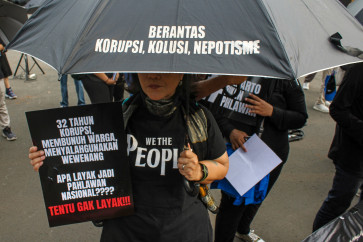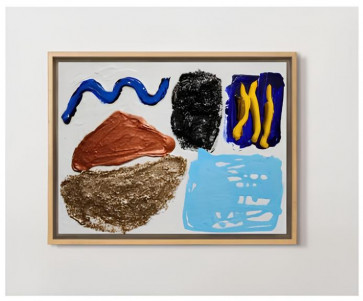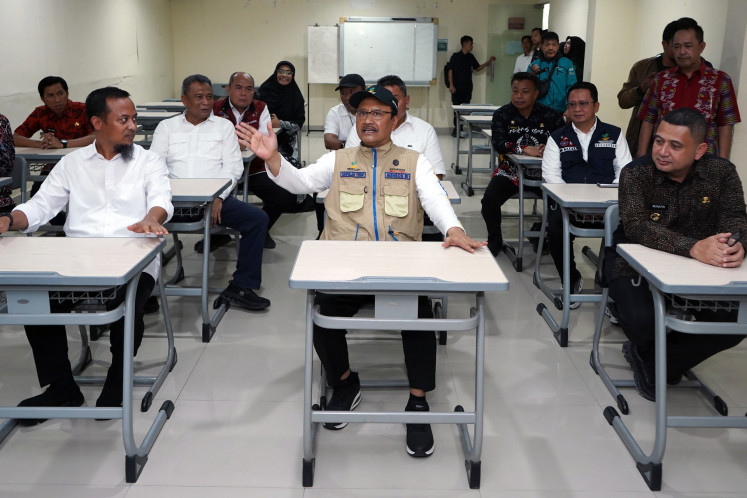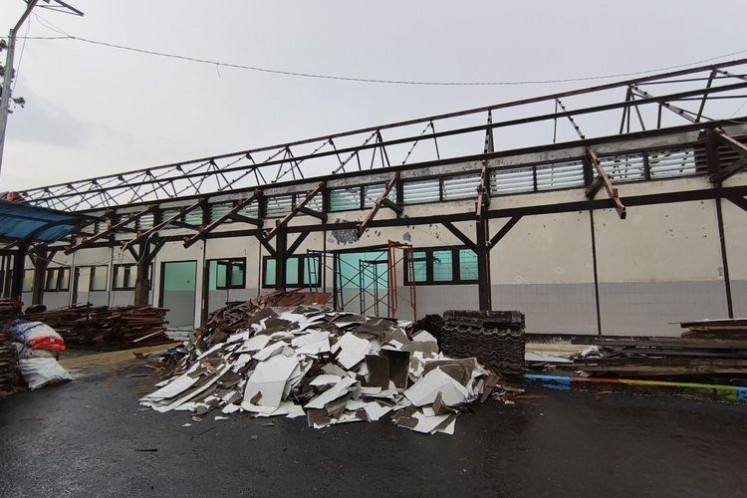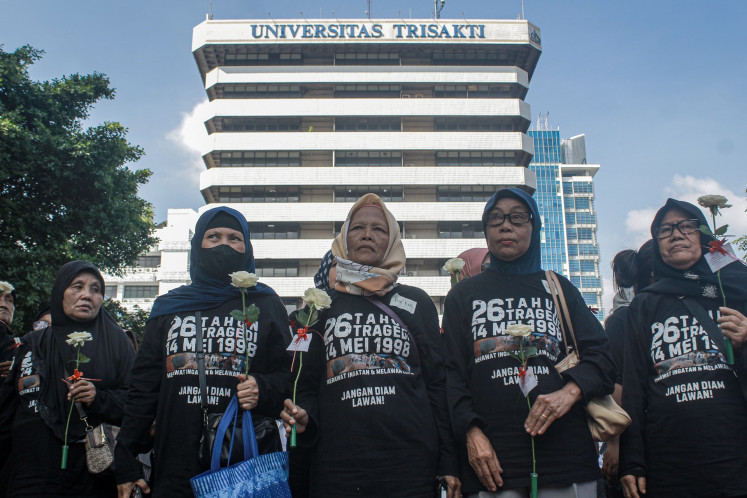Borderland pepper farmers seek freedom
Hot prospect: A farmer examines his pepper crop in Segiring hamlet, a remote area in Bengkayang regency, West Kalimantan
Change text size
Gift Premium Articles
to Anyone
 Hot prospect: A farmer examines his pepper crop in Segiring hamlet, a remote area in Bengkayang regency, West Kalimantan. Pepper and rubber have become sources of income for local residents who sell the products mostly to Sarawak, Malaysia. (JP/Severianus Endi) (JP/Severianus Endi)
Hot prospect: A farmer examines his pepper crop in Segiring hamlet, a remote area in Bengkayang regency, West Kalimantan. Pepper and rubber have become sources of income for local residents who sell the products mostly to Sarawak, Malaysia. (JP/Severianus Endi) (JP/Severianus Endi)
H
span class="caption" style="width: 498px;">Hot prospect: A farmer examines his pepper crop in Segiring hamlet, a remote area in Bengkayang regency, West Kalimantan. Pepper and rubber have become sources of income for local residents who sell the products mostly to Sarawak, Malaysia. (JP/Severianus Endi)
Rubber and black pepper have become a primary source of income for farmers in Segiring hamlet, Pisak village, Bengkayang regency in West Kalimantan.
As many as 998 families, or more than 2,000 people in the hamlet bordering Sarawak, Malaysia, depend on both commodities for their living.
'Usually, farmers tap rubber in the morning and then work in their pepper plantations,' Pisak village chief Thomas Susanto said recently.
In terms of selling the commodities, the farmers generally fall into two groups ' those who are bound to local traders and have no other options, and those who can freely sell their rubber and pepper
anywhere.
'Farmers who are not bound are free to decide where to sell their commodities and certainly to buyers who offer higher prices. They could sell to local traders, but if the price in Malaysia is higher [...] they would prefer to sell their commodities there,' said Susanto.
The prices of wet and dry latex are Rp 8,500 (75 US cents) and Rp 10,000 per kilogram, while the price of dry pepper ranges between Rp 108,000 and Rp 112,000 per kg. Serikin ' the nearest town in Sarawak to Segiring hamlet ' is just two hours by motorcycle, closer than Bengkayang in West Kalimantan, which is three hours away.
Pepper farmer Damun, 63, said they actively monitored the exchange rate of the rupiah against the Malaysian ringgit. If the ringgit is up, farmers prefer to immediately sell pepper to Serikin. The rate
usually fluctuates between Rp 3,500 and Rp 3,700 per ringgit.
'However, I find it hard to sell pepper directly to Malaysia because I'm already indentured to local traders. If I face financial difficulties, I have to borrow from the local traders and then sell my rubber and pepper commodities to them to repay my debts,' said Damun.
Damun owns three pepper plantations containing 2,000 pepper plants. Planting to harvest is three to four years.
'Last year, I almost yielded a ton of pepper in a single harvest. The yields are also used to pay for my children's university education in Java ' along with those from rubber. Rubber can be harvested daily, but pepper can be harvested once a year,' said Damun.
Meanwhile, Lada Lestari farming community leader Adi Yono said the group was currently making efforts to obtain a sustainable pepper certification to raise the value of the commodity and gain a bargaining position with overseas importers. They will also form a cooperative to help organize farmers and defend their rights.
'We wish to be independent so we feel the need to form a cooperative that would enable us to have a bargaining position. Currently, farmers sell their pepper freely, but later when the cooperative has been formed, it could facilitate cooperation with outside parties. We could stockpile our pepper before transactions,' said Adi.
As many as 23 farmers are affiliated with the group, which has a total number of around 34,000 pepper plants and a potential harvest of around 20 tons of dried pepper annually.


